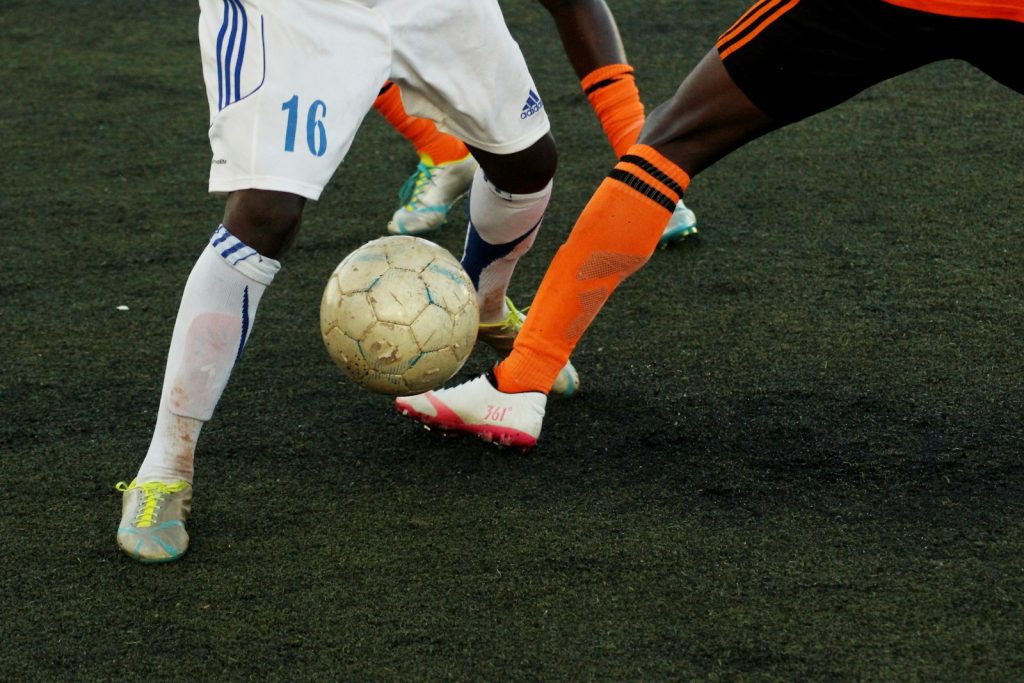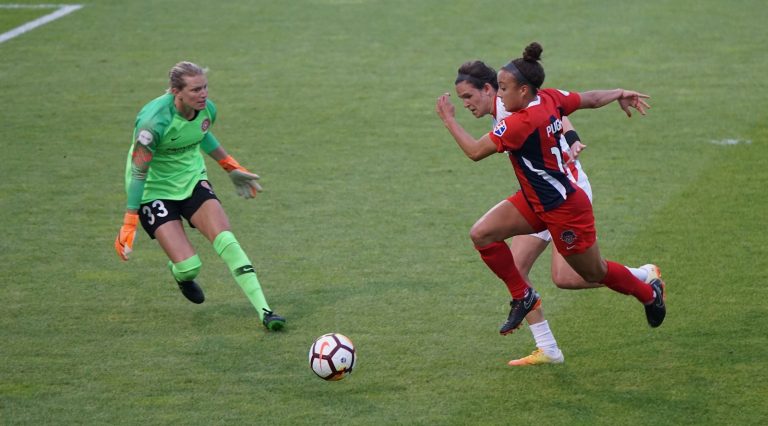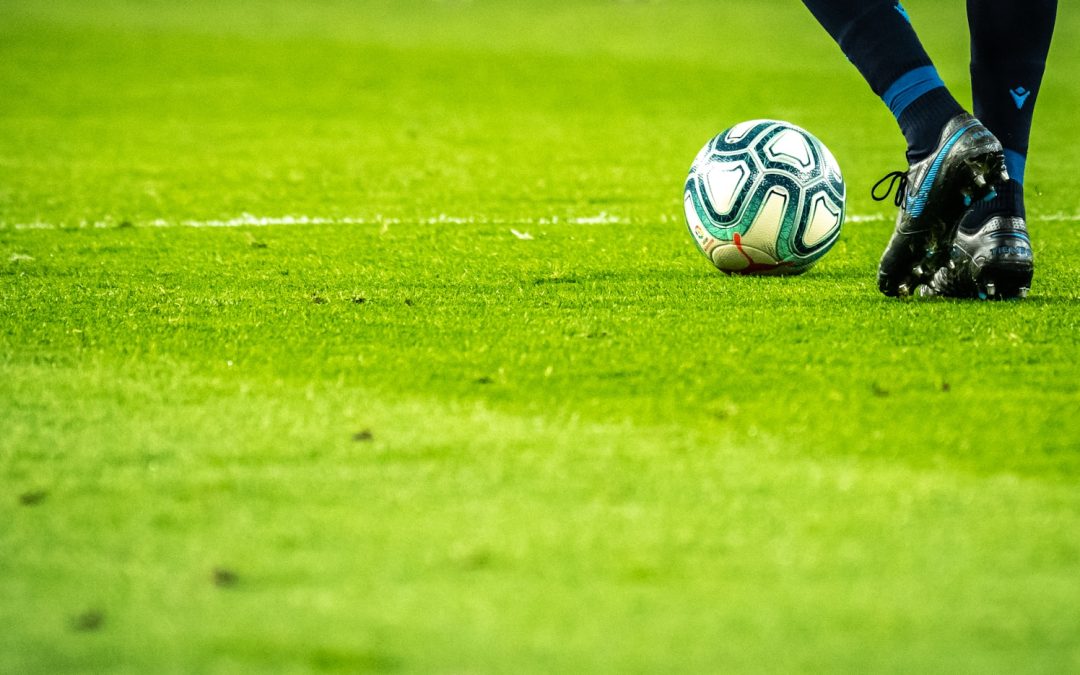Tackling Common Football Injuries: Strategies for Prevention
Football, a widely adored sport globally, also presents a significant risk of injuries. From minor strains to severe ligament tears and concussions, players face various challenges that can impact both their performance and long-term health.
Understanding the prevalence of injuries in football and the importance of injury prevention strategies is crucial for protecting players and ensuring their continued participation in the sport. In this article, we’ll explore common football injuries, factors contributing to their occurrence, and practical prevention strategies. By prioritising injury prevention, we can promote a safer playing environment and enhance players’ overall well-being in football.
Common Injuries in Football
Football players frequently encounter a range of injuries, including:

ankle sprains:
Ankle sprains are one of the most common injuries in football, often resulting from sudden changes in direction or awkward landings.
knee injuries:
Knee injuries, such as ACL (anterior cruciate ligament), MCL (medial collateral ligament), and meniscus tears, are prevalent due to the high impact and twisting motions involved in the sport.
hamstring strains:
Hamstring strains occur when the muscles at the back of the thigh are stretched beyond their limits, commonly during sprinting or kicking motions.
groin strains:
Groin strains, affecting the muscles of the inner thigh, can occur from rapid changes in direction or forceful movements.
concussions:
Concussions are a significant concern in football, resulting from blows to the head during collisions or tackles.
Overuse injuries:
Overuse injuries, such as shin splints, develop gradually over time due to repetitive stress on muscles, tendons, and bones.
Strategies to reduce injury risk
Several factors contribute to the risk of football injuries: Poor conditioning and fitness levels increase susceptibility to injuries due to inadequate muscle strength and flexibility.
Inadequate warm-up and cool-down routines can lead to muscle stiffness and decreased range of motion, increasing the risk of injury during play. Improper technique and body mechanics put strain on muscles and joints, making players more vulnerable to injuries. Overtraining and fatigue can lead to diminished physical and mental performance, increasing the likelihood of accidents and overuse injuries.
Proper Warm-up and Stretching Routines:
Dynamic warm-up exercises are crucial for preparing the body for the demands of football. They increase blood flow, improve flexibility, and enhance neuromuscular activation. Examples of dynamic stretches targeting key muscle groups used in football include leg swings, high knees, butt kicks, and lateral lunges.
strength and conditioning:
Strength training plays a vital role in football by improving muscle strength, power, and resilience. Incorporating exercises targeting balance, stability, and agility is equally important for enhancing performance and reducing injury risk. Examples include squats, lunges, plyometric drills, and agility ladder drills.
technique and form:
Proper technique and body mechanics are essential for preventing injuries in football. Players should focus on maintaining good form during movements like cutting, tackling, and jumping. Tips include keeping the core engaged, maintaining proper alignment, and practicing controlled movements to reduce the risk of injury.

rest and recovery:
Rest and recovery are integral parts of injury prevention in football. Adequate rest allows the body to repair and regenerate tissues, reducing the risk of overuse injuries and fatigue. Strategies for incorporating rest days into training schedules include implementing active recovery sessions, cross-training, and prioritising sleep, and nutrition for optimal recovery.
injury management and rehabilitation:
Players should be encouraged to seek prompt medical attention for any injuries and follow rehabilitation protocols to ensure proper recovery. Gradually returning to play after an injury is crucial to avoid re-injury and ensure a safe transition back to full activity. Rehabilitation may involve exercises to improve strength, flexibility, and proprioception, as well as functional movements specific to football.

education and awareness:
Educating players, coaches, and parents about injury prevention is essential for promoting a safe playing environment.
Importance of Education on Injury Prevention:
Educating players, coaches, and parents about injury prevention strategies is paramount in ensuring a safe and healthy sporting environment. By providing knowledge about potential risks and effective prevention methods, individuals involved in football can actively work together to minimise the occurrence of injuries and safeguard the well-being of players.
Role of Coaches in Promoting Safe Training Practices:
Coaches play a central role in promoting safe training practices and recognising signs of potential injury. They are responsible for designing training programs that prioritise player safety and effectively mitigate injury risks. By fulfilling their responsibilities, coaches can create a positive and supportive training environment where players feel empowered to prioritise their safety and well-being.
IN CONCLUSION:
Football is a physically demanding sport with a high prevalence of injuries, ranging from ankle sprains to concussions and overuse injuries.
Understanding risk factors such as poor conditioning, inadequate warm-up, improper technique, and overtraining is crucial in injury prevention. Proactive injury prevention strategies are essential for keeping players healthy and on the field. By incorporating injury prevention techniques into their training routines, players can prioritise their safety and well-being, ensuring long-term participation in football.
If you wish to seek further help or speak to a practitioner about any of the above, call us on 0800 731 2738 or book online here.
You can also view all the services we provide within our clinics on our website, as well as checking out our other blogs and content.
For more free tips and information, make sure to follow our Facebook and Instagram pages. We also post client stories, so you can see how we’ve helped people get back to doing the things they enjoy!



